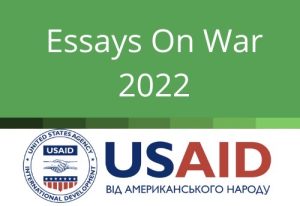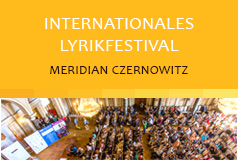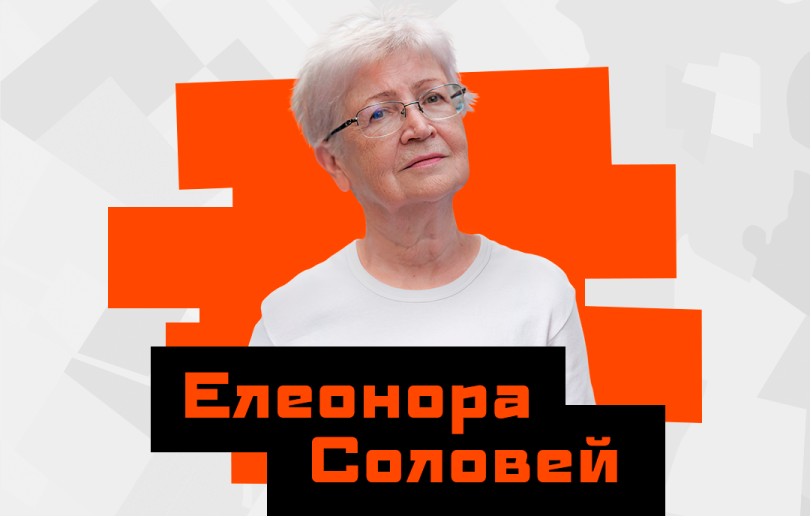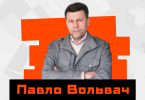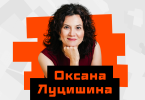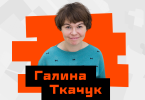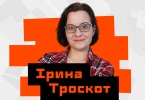About the Resistance of Culture
At the end of the year, a whirlwind of events took place in the capital. Even literary and musical gatherings at a famous poet’s memorial museum or yet another theater premiere were considered ordinary and necessary, despite the possibility of an air raid siren interrupting the performance and the audience having to seek shelter. Moving around the city without street lights was a challenge, as buses replaced trolleybuses and ran infrequently, their windows completely dark, and the streets became unrecognizable. The daylight hours were short due to the winter season, and navigating the city was even more difficult if we had not been to a particular gallery before. The snow from the previous day was melting underfoot, mixed with the day’s rain, but it was a comfort that the latter had finally stopped. Complaining about the weather, especially the harsh Kyiv winter, had once been commonplace, but thoughts of soldiers in the trenches, trudging through wet clay or sticky Ukrainian black soil that tightly hugged their boots, made such complaints seem trivial.
The gallery exhibition was titled The War for Identity: The Power of Cultural Resistance and also included the presentation of a special issue of Antykvar magazine. The issue focused on the preservation of cultural and museum values, as well as the functioning of museums during wartime.
I was reminded of another exhibition that took place at the Ukrainian House in the fall, featuring the rescued paintings of Maria Prymachenko, after her museum in Ivankiv was hit by a shell. The queue for this exhibition stretched down the stairs and beyond until the stewards devised a solution: they formed two lines and alternately allowed people to enter.
At the Antykvar magazine presentation, Ukrainian museum workers shared stories about rescuing collections in the first days of the full-scale invasion, discussing the challenges and achievements on the museum front during the war. One photo from the exhibition of Scythian stelae damaged by shells immediately caught my eye…
I cannot say what the gallery looked like during peacetime, but during my visit, it resembled an ordinary bomb shelter – an apt setting for the presentation. As the event began, the lights went out, perhaps symbolizing the fragility of the current situation, but they were quickly restored with the help of a generator.
Upon entering the gallery, the first thing that caught my eye was the very same kitchen cabinet from the de-occupied Borodyanka in the Kyiv region, featuring the famous ceramic rooster. The rooster has become a celebrity, a sign, and a symbol, even appearing on the television screen behind the President’s back. The Kharkiv artist Valeria Polyanskova showed the President a rooster during his tour of Khreschatyk with Boris Johnson. Polyanskova had two roosters, like in an old children’s rhyme, and she gave the second one to the British Prime Minister. Originally, the roosters were intended as gifts for the artist’s Polish friends, but she acted on a momentary impulse upon running into the President and his guest in the very center of Kyiv. Rumor has it that Boris Johnson even put his rooster up for auction at Christie’s to donate the proceeds to Ukraine, and he was not alone in this idea. The Zhytomyr “Trades Court” Museum raised 16 thousand UAH for their rooster, donating the funds to purchase a car for the front.
On a hanging kitchen cabinet for bowls and plates, now in a museum, sits the original „Rooster from Borodyanka.“ It’s difficult to imagine that the rooster survived the destruction of a house in a town in the Kyiv region, which was liberated from occupation in April. A photo by journalist Yelyzaveta Servatynska immediately went viral, capturing the house’s inner life as it looked before the enemy bombing. With no wall to conceal its contents, the house becomes a stage, where the cabinet hangs firmly in the kitchen, its rooster made of Vasylkiv maiolica, reflecting the warm brown tones that smoothly transition from light to dark. In the photo, the rooster is covered in a layer of dust from the explosion and destruction. Still, its perfect, natural form stands frozen, a moment of peaceful life suddenly interrupted. It’s a poignant reminder of the ruined coziness and frozen time that lingers in the aftermath of war.
We now know that the rooster belonged to Nadiya Svitko, a pensioner who left her home before it was hit, and relocated to the west of Ukraine with only what she could carry. The Chornobyl accident had a fatal impact on her family’s life. With her permission, the rooster and locker have found a new home in the Museum of the Revolution of Dignity, where they will be preserved for future generations to witness and appreciate.
During the 1960s and 1970s, roosters such as this one were produced at the Vasylkiv maiolica factory. The rooster’s symbolism is particularly noteworthy, given that the first half of the 1960s was marked by a „thaw“ period characterized by great hopes for change. In contrast, the second half saw Ukraine facing the so-called fight against „Ukrainian bourgeois nationalism.“ It is worth discussing how the masters of folk crafts – including embroiderers, potters, and amateur artists – fared under these conditions. While the Soviet ideological pressure was relatively less noticeable for them, they were Ukrainian by definition. Even in better times, folk handicrafts survived mainly due to the enthusiasm of the masters and their fans.
Let’s return to the „Rooster from Borodyanka.“ Knowing now that it is actually from Vasylkiv, we can identify its authors as the married couple of artists and sculptor-ceramists, Valeryi and Nadiya Protoryev. However, another version attributes the rooster to Prokip Bidasiuk, who was either a member of the brutally defeated „Boychukists“ or one of their students, whose place of death and burial remains unknown. This second version, however, has been refuted by the authoritative collector and gallerist Pavlo Hudimov. Hudimov’s claim is supported by the absence of catalogs, archives, and even the production itself as of 2019.
Those privileged to work alongside the Protoryevs recall the remarkable couple as legendary. Consumed by their craft, they often spent countless hours in their workshop, sometimes losing track of time. It was no surprise that they lived nearby, given that the production process sometimes demanded it. Their unlimited furnaces and experimental laboratory access only amplified their dedication to their work.
During the summer, the Museum of Folk Decorative Art hosted an exhibition titled The Ukrainian Phoenix: Vasylkiv Maiolica, featuring the „star“ rooster that had already become the subject of countless memes and illustrations, including Oleksandr Hrekhov’s Let’s Hold On artwork and Oleksandr Mykhed’s fairytale book for children Cat, Rooster, Cupboard. Although an old folk tale was initially titled The Cat and the Rooster, rescuers discovered a real cat named Gloria in the bombed high-rise building in Borodyanka, whom they called Cupboard.
As poet, translator, and essayist Ostap Slyvynsky noted, our entire culture functions as a single organism, with a „singular blood circulation,“ like a mobilization campaign to achieve a necessary breakthrough towards a common goal. The tale may not have been specifically about this, but it nonetheless reflects the interconnectedness of our culture and the collaborative efforts that are essential to its progress.
The local department of culture has announced a competition for the best design of a memorial sign dedicated to the ceramic maiolica rooster to immortalize the newest symbol of Ukrainian indomitability in Vasylkiv. They have promised that the sculpture will be installed in the city upon its completion. However, it seems they have been outpaced by a beautiful sculptural image of a rooster already standing in a cozy square in Bereznevyi in the Rivne region. The significance of the rooster is not lost on the locals; as Hudimov previously stated, it is not merely a bird but rather a talisman, a signal-giver, and a wake-up call. Masterfully crafted by Oleksandr Serdyuk, who had to flee his hometown due to Russian shelling, the rooster from Bereznevyi was created using the most basic of materials: cement and sand, which local entrepreneurs purchased. Serdyuk called the rooster from Borodyanka „a symbol of Ukrainian greatness and identity“ that inspires struggle and victory. This Borodyanka-Vasylkiv rooster serves as a reminder that ethnic motifs and natural materials embody unique energies and vibrations that are integral to our identity and the cultural resistance of our society.
Translated by Yulia Lyubka and Kate Tsurkan



